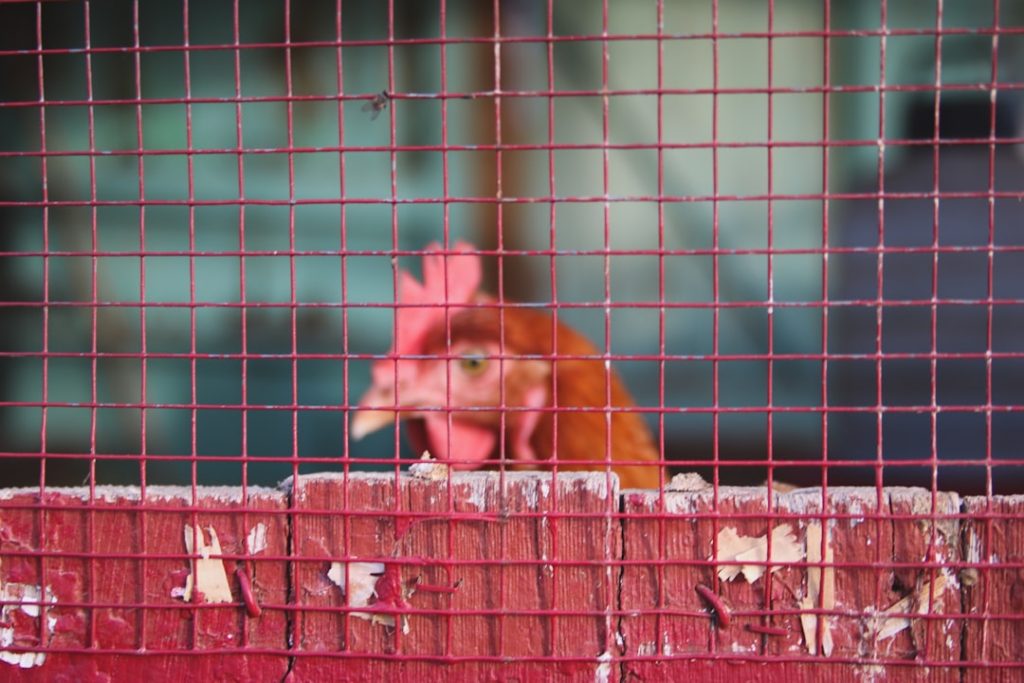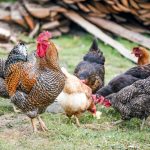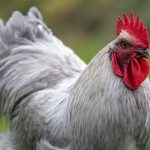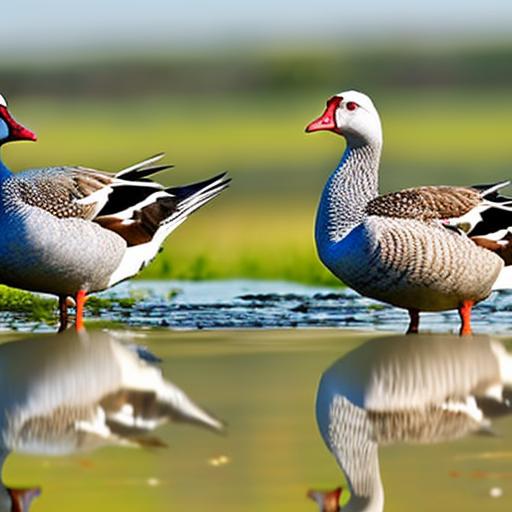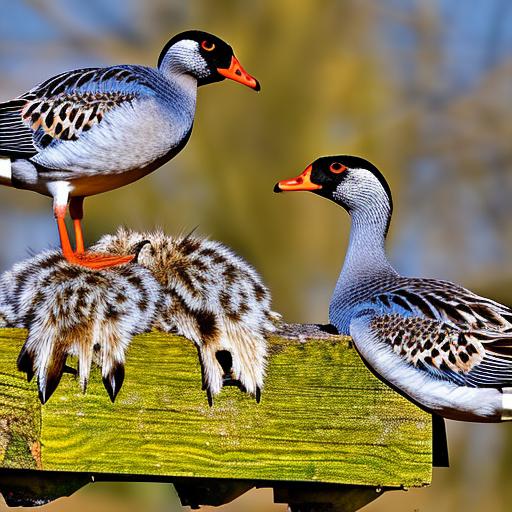Chickens are highly susceptible to heat stress, particularly in hot and humid environments. Recognizing the signs of heat stress is crucial for chicken owners to ensure the well-being of their flock. Common indicators include panting, wings held away from the body, reduced egg production, lethargy, and decreased appetite.
More severe symptoms may involve drooping combs and wattles, collapse, or even death. Vigilant observation of chicken behavior during hot weather is essential, as early detection can prevent serious health issues or fatalities. Certain chicken breeds are more prone to heat stress than others.
Chickens with feathered legs or dense plumage are at higher risk of overheating. Additionally, older birds and young chicks are more vulnerable to heat-related issues. Understanding these factors allows chicken owners to implement targeted preventive measures during periods of extreme heat, ensuring the safety and comfort of their entire flock.
Table of Contents
- 1 Providing adequate shade and ventilation for your coop
- 2 Offering cool treats and water sources for your chickens
- 3 Adjusting feeding schedules to avoid peak heat times
- 4 Creating a dust bath area for chickens to cool off
- 5 Monitoring and managing the temperature inside the coop
- 6 Implementing emergency cooling measures for extreme heat waves
- 7 FAQs
- 7.1 What are the signs of heat stress in chickens?
- 7.2 How can I keep my chickens cool during a heat wave?
- 7.3 What are some ways to provide shade for chickens?
- 7.4 How can I improve ventilation in the chicken coop during hot weather?
- 7.5 What should I do if I notice a chicken showing signs of heat stress?
Key Takeaways
- Panting, holding wings away from the body, and decreased egg production are signs of heat stress in chickens
- Ensure the coop has ample shade and good ventilation to prevent heat buildup
- Provide cool treats like frozen fruits and vegetables, and ensure access to fresh, cool water at all times
- Adjust feeding schedules to early morning or late evening to avoid peak heat times
- Create a dust bath area with sand and diatomaceous earth for chickens to cool off and control parasites
- Monitor coop temperature and use fans or misters to manage heat levels
- Have a plan for emergency cooling measures such as ice packs or temporary relocation during extreme heat waves
Providing adequate shade and ventilation for your coop
Proper Ventilation and Shading
One of the most important steps in preventing heat stress in chickens is to ensure that their coop is well-ventilated and shaded. Adequate ventilation is crucial for allowing hot air to escape from the coop and for promoting air circulation, which helps to keep the birds cool. This can be achieved by installing windows or vents in the coop to allow for cross-ventilation.
Avoiding Overcrowding and Providing Shade
Additionally, it’s important to make sure that the coop is not overcrowded, as overcrowding can lead to poor air quality and increased heat levels. Providing shade in the chicken run or yard is also essential for protecting the birds from direct sunlight. This can be done by planting trees or installing shade cloth over the chicken area to provide a cool retreat for the birds during the hottest parts of the day.
Choosing the Right Materials
Moreover, it’s important to consider the materials used in the construction of the coop and run. Metal coops, for example, can become extremely hot in direct sunlight, so it’s best to opt for materials that do not absorb and retain heat as much. Additionally, light-colored roofing materials can help to reflect sunlight and reduce heat absorption.
By providing adequate shade and ventilation for the coop, chicken owners can significantly reduce the risk of heat stress in their flock.
Offering cool treats and water sources for your chickens

During periods of extreme heat, it’s important to provide chickens with cool treats and ample water sources to help them stay hydrated and cool. Cool treats such as frozen fruits and vegetables can provide a refreshing snack for chickens and help lower their body temperature. Some popular options include frozen berries, watermelon, and cucumbers.
Additionally, hanging frozen treats such as ice blocks with fruit inside can provide entertainment for the birds while also helping them cool down. In addition to cool treats, it’s crucial to ensure that chickens have access to plenty of fresh, cool water at all times. Water is essential for regulating body temperature and preventing dehydration, especially during hot weather.
To keep water cool, consider adding ice cubes or frozen water bottles to the water containers. It’s also important to regularly clean and refill water containers to prevent algae growth and ensure that the water remains fresh and appealing to the chickens. By offering cool treats and maintaining a constant supply of fresh water, chicken owners can help their flock stay comfortable and hydrated during periods of extreme heat.
Adjusting feeding schedules to avoid peak heat times
Another important strategy for preventing heat stress in chickens is to adjust feeding schedules to avoid peak heat times. Chickens generate body heat as they digest food, so feeding them during the cooler parts of the day can help reduce the risk of overheating. Consider feeding the flock early in the morning or later in the evening when temperatures are lower.
This allows the birds to digest their food without generating excessive internal heat during the hottest parts of the day. Furthermore, it’s important to monitor feeding amounts during hot weather. Overfeeding can lead to increased metabolic heat production, so it’s best to feed chickens smaller meals more frequently rather than large meals all at once.
This can help prevent excessive internal heat production and reduce the risk of heat stress. By adjusting feeding schedules and portion sizes, chicken owners can help their flock stay comfortable and healthy during periods of extreme heat.
Creating a dust bath area for chickens to cool off
Dust bathing is a natural behavior for chickens that helps them maintain healthy feathers and skin by removing excess oil and parasites. Additionally, dust bathing can also help chickens cool off during hot weather. By creating a designated dust bath area in the chicken run or yard, owners can provide their flock with a natural way to stay cool and comfortable.
To create a dust bath area, simply fill a shallow container or designated area with fine sand or dusting material such as diatomaceous earth. Chickens will instinctively use this area to bathe and roll around in the dust, which helps them regulate their body temperature and keep cool. It’s important to keep the dust bath area dry and replenish the dusting material as needed to ensure that chickens have access to a cooling retreat throughout the hot weather.
Monitoring and managing the temperature inside the coop
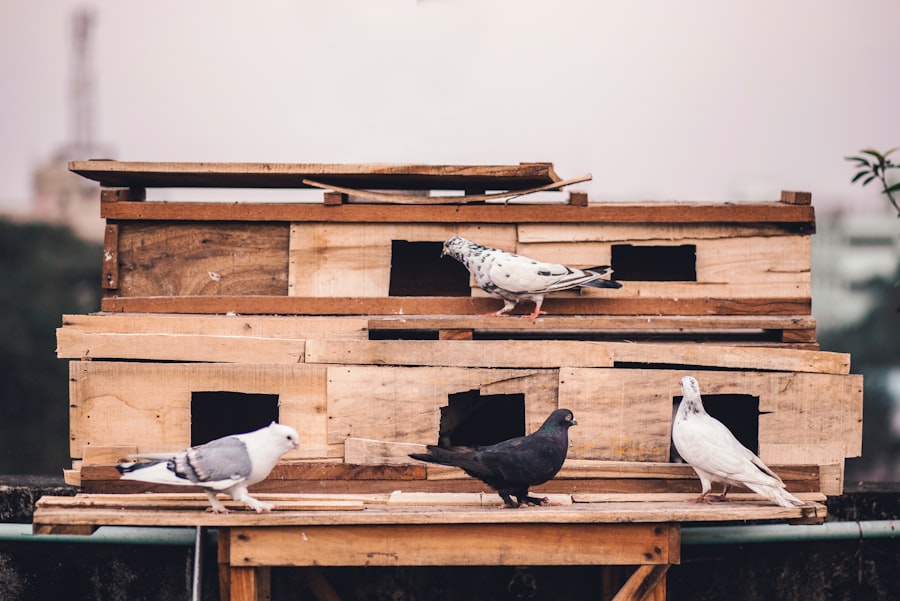
Monitoring Temperature Fluctuations
In addition to providing shade and ventilation for the coop, it’s essential for chicken owners to actively monitor and manage the temperature inside the coop during hot weather. This can be done using a thermometer placed inside the coop to track temperature fluctuations throughout the day. Ideally, the temperature inside the coop should not exceed 85 degrees Fahrenheit (29 degrees Celsius) to ensure that chickens remain comfortable and safe from heat stress.
Lowering the Temperature
If temperatures inside the coop are consistently high, there are several measures that can be taken to help lower the temperature. This may include using fans or evaporative cooling systems to circulate air and reduce heat levels inside the coop. Additionally, providing frozen water bottles or ice packs inside the coop can help lower the ambient temperature and provide a cooling effect for the birds.
Creating a Comfortable Environment
By actively monitoring and managing the temperature inside the coop, chicken owners can create a more comfortable environment for their flock during periods of extreme heat.
Implementing emergency cooling measures for extreme heat waves
In cases of extreme heat waves, it may be necessary to implement emergency cooling measures to protect chickens from heat stress. This can include setting up misting systems or sprinklers in the chicken run or yard to provide a cooling effect for the birds. Additionally, providing access to shaded areas with fans or portable air conditioning units can help lower ambient temperatures and provide relief from extreme heat.
It’s also important to be prepared with a plan for emergency evacuation if necessary. If temperatures become dangerously high and pose a serious risk to the health of the flock, it may be necessary to temporarily relocate chickens to a cooler environment such as a basement or garage with air conditioning. By having a plan in place for emergency cooling measures, chicken owners can ensure that their flock remains safe and healthy during periods of extreme heat.
In conclusion, understanding the signs of heat stress in chickens and taking proactive measures to protect them from extreme heat is essential for maintaining a healthy and happy flock. By providing adequate shade and ventilation, offering cool treats and water sources, adjusting feeding schedules, creating a dust bath area, monitoring and managing coop temperatures, and implementing emergency cooling measures when necessary, chicken owners can help their flock stay comfortable and safe during hot weather. With careful attention and proactive care, chickens can thrive even in the face of extreme heat conditions.
If you’re looking for tips on how to keep your chickens cool during a heat wave, you might also be interested in learning about the benefits of having a garden chicken coop. This article from Poultry Wizard discusses the advantages of having a coop in your garden, including the ability to provide shade and protection for your chickens during hot weather. Check it out here.
FAQs
What are the signs of heat stress in chickens?
Signs of heat stress in chickens include panting, holding their wings away from their bodies, decreased egg production, lethargy, and loss of appetite.
How can I keep my chickens cool during a heat wave?
You can keep your chickens cool during a heat wave by providing plenty of shade, ensuring good ventilation in the coop, offering cool water to drink, and providing frozen treats such as fruits and vegetables.
What are some ways to provide shade for chickens?
You can provide shade for chickens by using tarps or shade cloths to cover their coop and run, planting trees or shrubs for natural shade, and creating temporary shelters with umbrellas or portable shade structures.
How can I improve ventilation in the chicken coop during hot weather?
You can improve ventilation in the chicken coop by installing windows or vents to allow for cross ventilation, using fans to circulate air, and keeping the coop doors open during the hottest part of the day.
What should I do if I notice a chicken showing signs of heat stress?
If you notice a chicken showing signs of heat stress, move them to a cooler area with plenty of shade and cool water, and consider offering electrolyte supplements to help them rehydrate. If the symptoms persist, seek veterinary advice.
Meet Walter, the feathered-friend fanatic of Florida! Nestled in the sunshine state, Walter struts through life with his feathered companions, clucking his way to happiness. With a coop that’s fancier than a five-star hotel, he’s the Don Juan of the chicken world. When he’s not teaching his hens to do the cha-cha, you’ll find him in a heated debate with his prized rooster, Sir Clucks-a-Lot. Walter’s poultry passion is no yolk; he’s the sunny-side-up guy you never knew you needed in your flock of friends!

